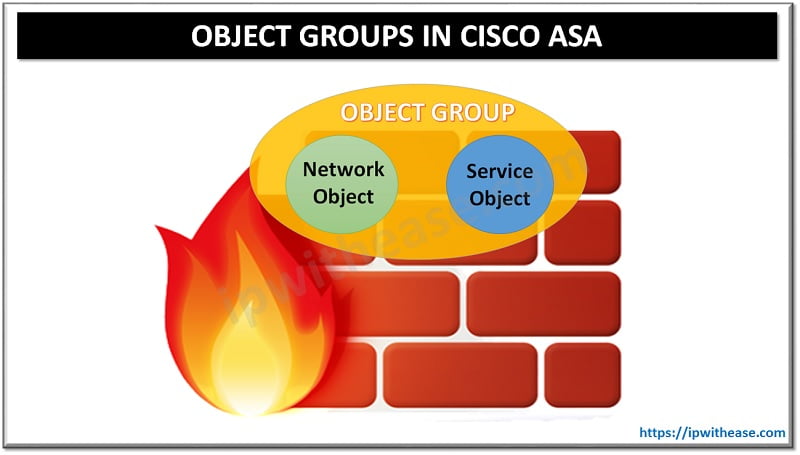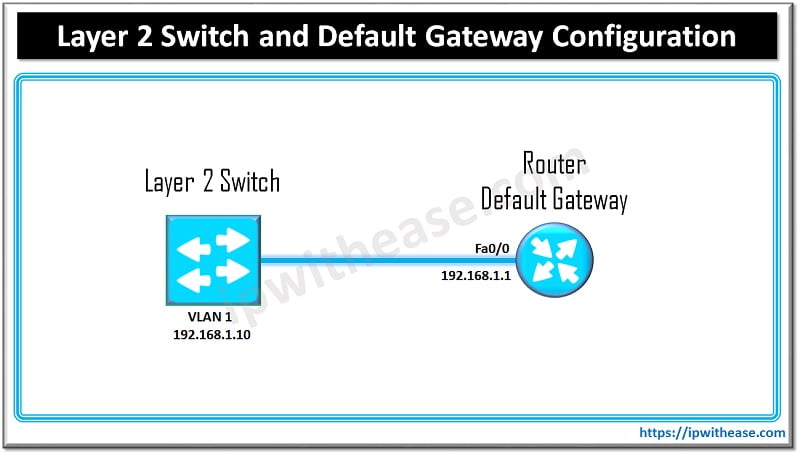Configurations for Basic Cisco Switches –
This article is quite handy for IT network guys to perform Basic Cisco Switch Configuration. Below are the few of commonly used configuration commands on Catalyst family switches –
CONFIGURE SWITCH HOSTNAME –
“Hostname” command is configured from Global Configuration mode.
switch#configure terminal
Enter configuration commands, one per line. End with CNTL/Z.
switch(config)#hostname SW1
SW1(config)#exit
CONFIGURE BANNER –
Users will be presented with a MOTD (Message of the DAY) banner every time they attempt a connection via the console port, auxiliary port, SSH or a telnet session to Cisco switch. Here the “#” character is known as a delimiting character. The banner message should be surrounded by delimiting character.
SW1#configure terminal
Enter configuration commands, one per line. End with CNTL/Z.
SW1(config)#banner motd #Welcome to Switching World#
SW1(config)#exit
SW1#
CONFIGURE DNS SERVER –
SW1#configure terminal
Enter configuration commands, one per line. End with CNTL/Z.
SW1(config)#ip name-server 1.1.1.1
SW1(config)#exit
SW1#
DISABLE DOMAIN LOOKUP –
How to turn off the automatic name resolution for a Cisco Switch
The Cisco switch is set by default to try to resolve any word that is not a command to a DNS server at address 255.255.255.255. We can turn off this by using the following command.
SW1#configure terminal
Enter configuration commands, one per line. End with CNTL/Z.
SW1(config)#no ip domain-lookup
SW1(config)#exit
SW1#
COFIGURE TO TURN ON SYNCHRONOUS LOGGING –
If the Cisco Switch IOS sends a message to the console while you’re entering a command, by default the switch will interrupt your work to show the message.
If you want the information sent to console not interrupt the command you are typing, turn on synchronous logging.
SW1#configure terminal
Enter configuration commands, one per line. End with CNTL/Z.
SW1(config)#line console 0
SW1(config-line)#logging synchronous
SW1(config-line)#exit
SW1(config)#exit
SW1#
CONFIGURE INACTIVITY TIME-OUT FOR AUTOMATIC LOG-OFF
Sets time limit when console automatically logs off. Set to 0 0 (minutes seconds) means console never logs off.
SW1#configure terminal
Enter configuration commands, one per line. End with CNTL/Z.
SW1(config)#line console 0
SW1(config-line)#exec-timeout 3 0
SW1(config-line)#exit
SW1(config)#exit
CONFIGURE CONSOLE LOGIN PASSWORD
SW1#configure terminal
Enter configuration commands, one per line. End with CNTL/Z.
SW1(config)#line console 0
SW1(config-line)#password cisco ———“cisco” is password
SW1(config-line)#Login
SW1(config-line)#exit
SW1(config)#exit
CONFIGURE REMOTE LOGIN PASSWORD
SW1#configure terminal
Enter configuration commands, one per line. End with CNTL/Z.
SW1(config)#line vty 0 15
SW1(config-line)#password cisco ——— “cisco” is password
SW1(config-line)#Login
SW1(config-line)#exit
SW1(config)#exit
CONFIGURE LOCAL DATABASE USERNAME PASSWORD
SW1#configure terminal
Enter configuration commands, one per line. End with CNTL/Z.
SW1(config)#username ABC password cisco ——— “ABC” is Username and “cisco” is password
SW1(config)#line console 0
SW1(config-line)#Login local
SW1(config-line)#exit
SW1(config)#exit
Or
SW1#configure terminal
Enter configuration commands, one per line. End with CNTL/Z.
SW1(config)#username ABC secret cisco ——— “ABC” is Username and “cisco” is password
SW1(config)#line console 0
SW1(config-line)#Login local
SW1(config-line)#exit
SW1(config)#exit
Along with User Exec mode we can also secure Privilege Exec mode. Two commands are available for it.
or
SW1(config)# enable secret cisco123 ———“cisco123” is secret password
RESET SWITCH TO FACTORY DEFAULTS
SW1#delete flash:vlan.dat
Delete filename [vlan.dat]? [Press Enter Key]
Delete flash:vlan.dat? [confirm] [ Reconfirm by pressing enter key]
SW1#erase startup-config
SW1#reload
Hope you would have understood basic cisco switch configuration. Read our blogs on other types of configuration –
Cisco Layer 2 Switch IP Address & Default Gateway Configuration
Switch Stacking Basic Setup and Configuration Steps
Spine and leaf architecture cisco
ABOUT THE AUTHOR

You can learn more about her on her linkedin profile – Rashmi Bhardwaj



